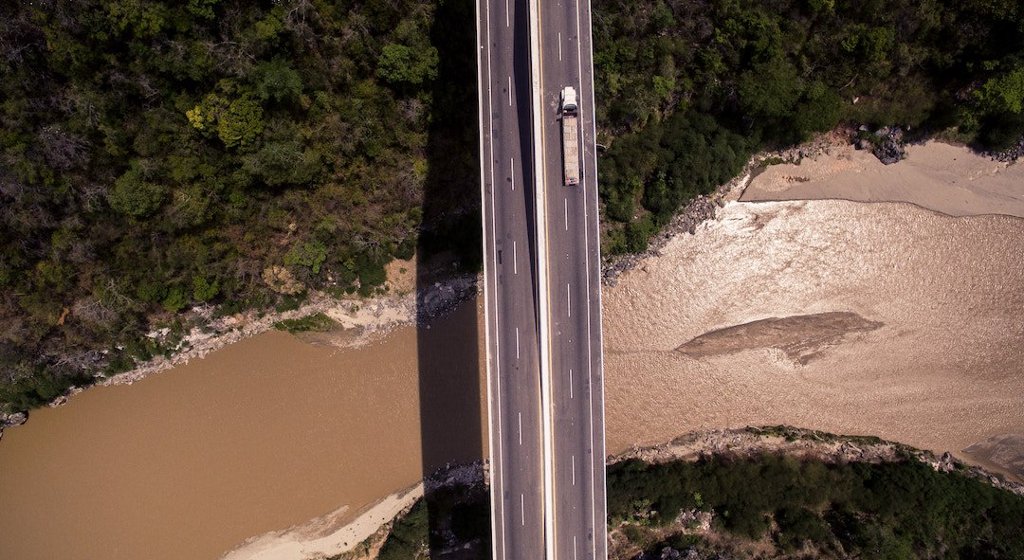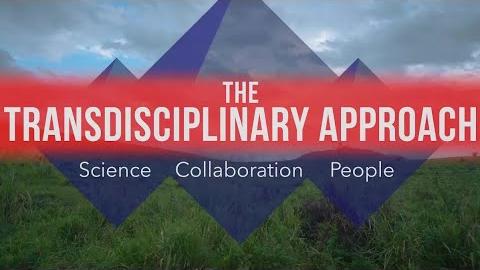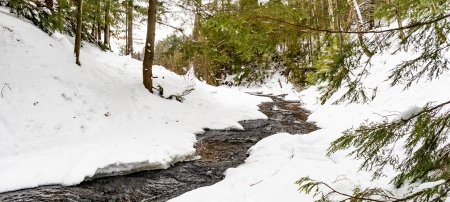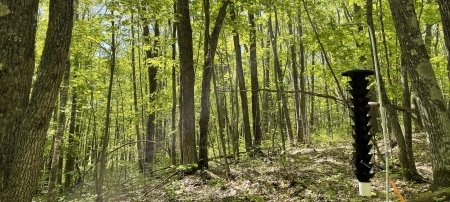Crossing borders and cultures are part of the challenges and benefits of transdisciplinary research.
It took a conflict about Huron Creek in Houghton for Alex Mayer to realize his interest in transdisciplinary work. He recognized that understanding how people make decisions about contentious natural resource issues is important whether in Michigan or Veracruz, Mexico.
Mayer, the Charles and Patricia Nelson Presidential Professor of Civil and Environmental Engineering, is no stranger to working with different groups of people who hail from different disciplines. He is one of many Michigan Technological University faculty working on transdisciplinary projects, and his work in Mexico illustrates the benefits and challenges of working in such a context.
Different disciplines, different borders
Some of Mayer’s current work takes him to the Mexican states of Veracruz and Sonora, where he is working on National Science Foundation-funded projects to understand how sustainable watersheds are, and how humans and the environment interact with each other within a watershed. To study these systems, Mayer is working with local officials to connect upstream and downstream ecosystem users.
“If you live downstream and you have a water supply for your city, you want to make sure there’s always enough and the highest quality possible, but land use decisions upstream will affect that,” Mayer says. “The idea is you can create a market where the people who live downstream will pay to have the land conserved or managed in a way to make their water supply better. That might be cheaper than water treatment or drilling a well.”
Mayer studies whether payments to upstream landowners to conserve parts of their properties has an impact on actual watershed health. He compares land conservation and production by modeling ecosystem services such as forest cover, biodiversity, carbon sequestration and water quality.
“To track our model quantitatively and conceptually, we need to understand different decision-making processes,” Mayer says, explaining the processes matter for understanding households and their level of participation as well as for organizations that affect how the conservation programs are run. “These programs start a conversation about what are people’s goals in these communities and watersheds.”
Different groups, different challenges
Mayer says that doing transdisciplinary research across borders comes with its own set of challenges. One such difficulty can be the border itself. A project Mayer is working on concerns the Rio Grande watershed, which crosses the US-Mexico boundary. As part of the project, the researchers will meet with area stakeholders to explain how extractions from the river and groundwater depletion are affecting the watershed. However, the success of the workshop is threatened; recent changes in US immigration policy limit the participation of Mexican team members in the project.
In the video, which features a similar transdisciplinary projects from a workshop in the Dominican Republic this past year, natural resources and policy researcher Kathy Halvorsen shares her experiences from NSF-funded research with government employees, academics, and nongovernmental organization leaders from all across North and South America. The workshop was hosted by the Inter-American Institute for Global Change Research and addressed both the benefits and challenges of crossing borders in research.
While transdisciplinary research is important, there is still the need for advances in the science of each discipline in the larger project rather than merely conducting transdisciplinary research for its own sake. Approaching a problem from multiple angles is sure to address a problem more holistically, but each approach must be rooted in strong disciplinary foundations.
“We need fundamental advances in basic science in every discipline,” Mayer says. “There’s a greater and greater need for science to drive policy, that we’re contributing to better decisions being made. We’ve been saying we want to do this for years, decades really. Little by little, there’s some successes, though we have a long way to go, in this country and internationally.”
A benefit to working with people from outside academia is discovering that policy makers have a unique set of constraints upon their ability to implement policy. People don’t always behave as models predict, so it’s important researchers understand the context in which policies are implemented because that context can determine whether or not they succeed.
“I’m not the person making decisions about what land can receive payments,” Mayer says. “So, I need to learn—what are the constraints that I have no idea about? Scientists just say, our models show that one area or another is the most important land to conserve. But we need understand decision-making down to street-level bureaucrat level.”
Michigan Technological University is a public research university founded in 1885 in Houghton, Michigan, and is home to more than 7,000 students from 55 countries around the world. Consistently ranked among the best universities in the country for return on investment, Michigan’s flagship technological university offers more than 120 undergraduate and graduate degree programs in science and technology, engineering, computing, forestry, business and economics, health professions, humanities, mathematics, social sciences, and the arts. The rural campus is situated just miles from Lake Superior in Michigan's Upper Peninsula, offering year-round opportunities for outdoor adventure.







Comments